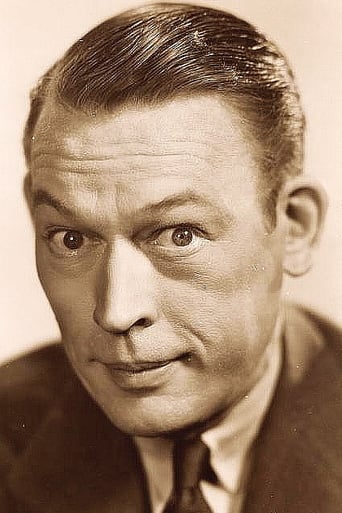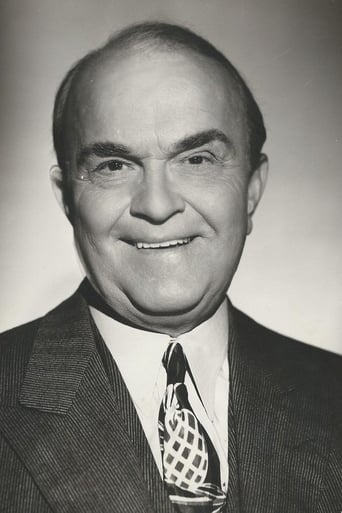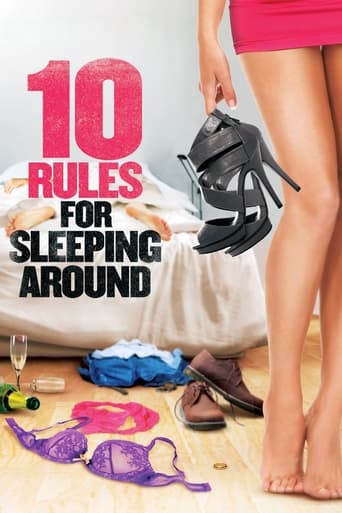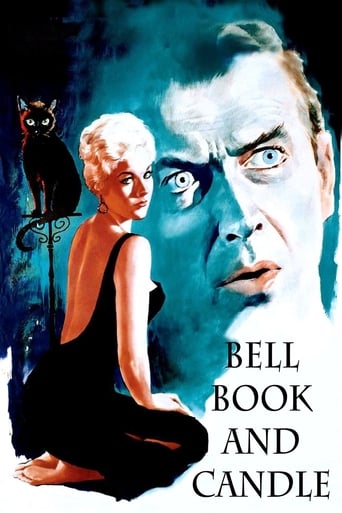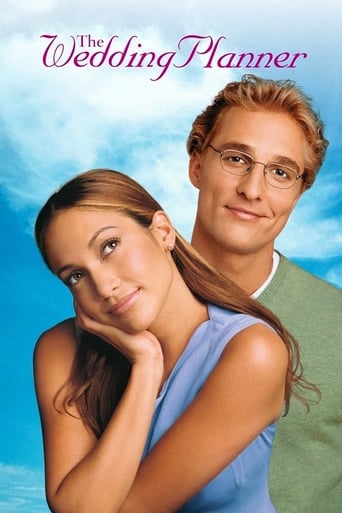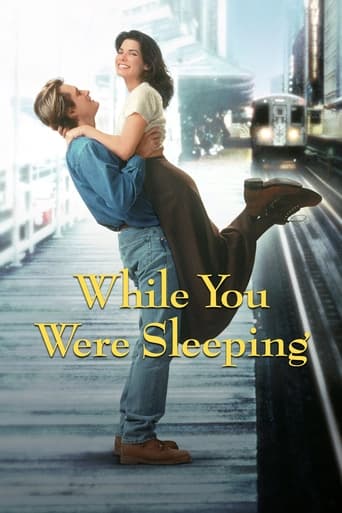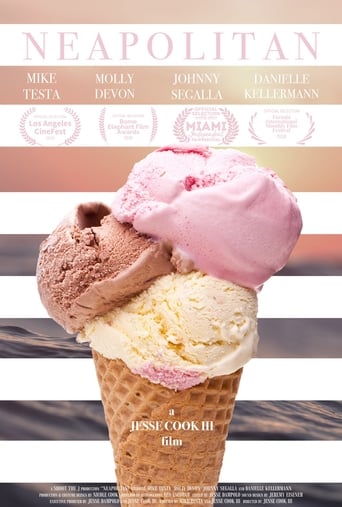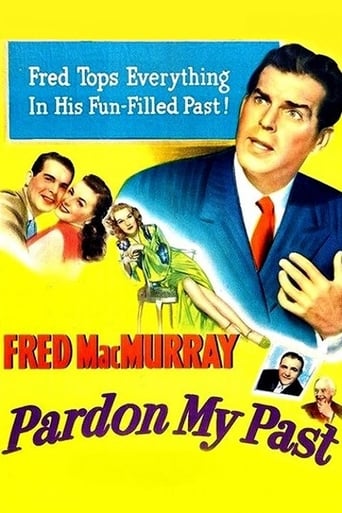

We're Not Married! (1952)
A Justice of the Peace performed weddings a few days before his license was valid. A few years later five couples learn they have never been legally married.
Watch Trailer
Cast
Similar titles
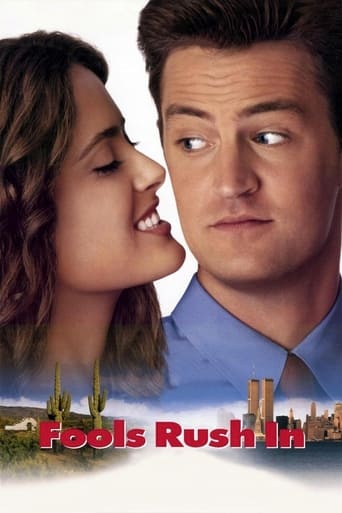
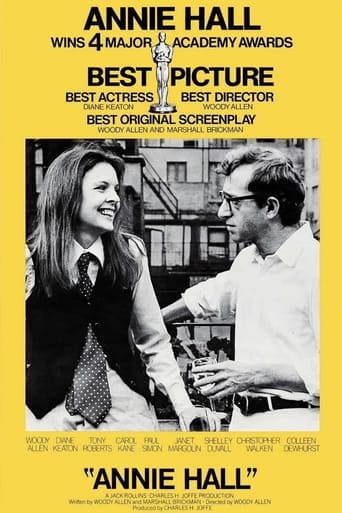
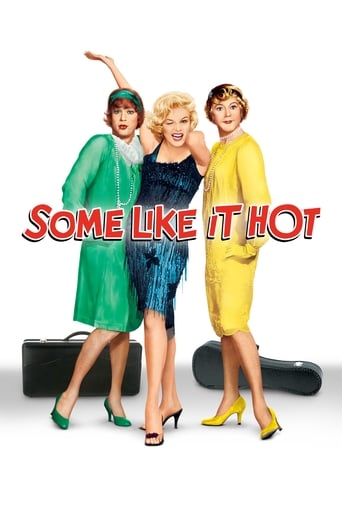
Reviews
Wonderful character development!
Expected more
A Masterpiece!
Actress is magnificent and exudes a hypnotic screen presence in this affecting drama.
In 1952 the compendium film that dated back to at least 1932s Rome Express still had a little steam in it and We're Not Married was Fox's second entry in the genre following O'Henry's Full House. The premise is that old chestnut in which several disparate couples learn that their marriage is invalid. In chronological order the couples are Fred Allen and Ginger Rogers and once you get past the still-attractive Rogers settling for Fred Allen it's not a bad start. Allen, who of course made his name on radio and seldom ventured before the camera, very possibly had a hand in the script which is essentially a diatribe against sponsor-heavy radio shows. He and Rogers are the only couple actually seen getting wed (by Victor Moore with wife Jane Darwell as witness) and only do so in order to get their own Mr and Mrs radio show, an obvious take-off of Dorothy Kilgallan and Dick Kalmar. Next is the shortest sequence which is ironic as it is the one featuring Marilyn Monroe, then just coming up but today 'selling' the DVD. She plays a Beauty Quenn 'Mrs. Mississippi' and hubby David Wayne is not a happy bunny because manager James Gleason is constantly whisking her away on PR trips. This sequence typifies the sloppiness of the film as a whole; the letter informing Monroe and Wayne of their illegal marriage is clearly shown addressed to their home in Mississippi yet NO ONE in the entire sequence has a southern accent. The third segment involves two fine players in Eve Arden and Paul Douglas and both are totally wasted. Then comes Louis Calhern married to gold-digger Zsa Zsa Gabor, the good thing about this one is that Paul Stewart is also on hand as Gabors lawyer. Finally we get Mitzi Gaynor married to Eddie Bracken and pregnant. Bracken, a soldier, is literally shipping out overseas and is forced to go AWOL in order to re-marry Gaynor and ensure his offspring's legitimacy (this was 1952, remember). One of the best things about this is the casting, not only the featured players but also the uncredited players, Lee Marvin (with enough lines to justify a credit surely), Byron Foulgar, Tom Powers, Dabs Greer and Emile Meyer. Far from great but equally far from chopped liver.
It's a clever premise, but the results have dated rather badly. Unfortunately, the comedy level never reaches the sparkle it needs, though the opening vignette (Rogers and Allen) comes close. Perhaps that's not surprising given Director Goulding's credits, which suggest he's more at home with Bette Davis melodrama than with material of this sort. Also, I'm surprised a big-budget studio like Fox didn't film this in Technicolor, which would have added a lot to the atmospherics. Instead, we get dour gray tones that undercut the light-hearted mood, making the movie look older than it is. But then, 1952 was a year Hollywood was looking to retool in the face of TV's onslaught. The following year would see an explosion of wide- screen color beyond the reach of the livingroom tube. As a result, this comedy venture may have been caught in the transition.To me, the Allen-Rogers sequence is the best. It's actually a rather scathing look at entertainment make-believe and the relentless assault of commercial advertising. In private life the two are barely speaking, while on radio they play a pair of happy marrieds who trade comic barbs in between pushing the sponsors' goofy products. It's rather deftly and bitingly done, even though the 57-year old Allen looks like he's been on a two-week bender. In passing—note that even though we see a number of living rooms, no TV's are in sight, only radios! This was Hollywood in its final stage of denial.The other vignettes are mildly entertaining, with a look at a number of performers on the way up the ladder-- Monroe, Marvin, Wayne, Gaynor. Especially satisfying is the delicious opportunity the letter provides Calhern to turn the tables on the gold-digging Gabor and her grasping attorney. At least the screenplay had the good sense not to reconcile these two at the end. But notice how the script insists the others be reconciled in typical 50's happy ending style. This certainly rings hollow in the case of the feuding Allen-Rogers. Given a second chance, it's hard to see how they could possibly stay together. In the case of Douglas-Arden, the most incisive of the vignettes, they may be totally bored with one another (check the dinner scene), but are too complaisant to actually change. That strikes me as maybe not the funniest, but at least as the most realistic of the episodes.Anyway, whatever the comedy lacks in sparkle, it is revealing of its time—radio, beauty pageants, war in Korea (implied in Bracken's troop ship). But I'm afraid that the clever premise plays better than the mild results.
A previous person described this film as "fluff." This is a perfect word to describe it, and should contain a capital "F."But it's also entertaining and interesting. It has a host of 1930's and 1940's actors (and some pre-dating talking pictures), as well "youngsters," Mitzi Gaynor, Marilyn Monroe and Lee Marvin (latter in an uncredited bit part).The premise is pristine, and the "plot" revolves in a silly fashion around the supposed customs of that period, with people scurrying about with issues which wouldn't warrant any dramatic presentation today.The thin plot involves several couples whose marriages were ruled invalid by the governor, since they were married by a justice-of-the-peace, near the end of the year sometime back, with his certification not valid until the following January 1st.Rogers and Allen are a pair with a morning "couples" radio program (seemingly consisting of nothing but sponsor plugs and inane "nasty-nice" banter), with a sham marriage for purely economic purposes. Bracken and Gaynor are a young couple who need to be remarried before his army unit embarks, or else their expected child won't be legitimate, but (according to his sergeant) "a foul ball." Golddigger Gabor (not a stretch here) literally faints when the letter from the governor arrives at her wealthy husband's (Calhoun) office, while her lawyer is discussing her plundering his assets during a divorce settlement (precipitated by a set-up when a fully-clothed impostor, who resembles a conservatively-dressed elementary teacher poses as his wife in a hotel room, for about three minutes, while her confederates note the incident). Although released in 1952, this is strictly a "40's" flick. Even then, certainly the governor would simply have effected a special edict making these unions legitimate, and even if not, Gabor, however devious her purpose, would have been able to claim some sort of common-law entitlement, or rights under whatever passed for "palimony" then.Still, it's now a nostalgic piece, with nearly all the thespians gone, except for a couple or so, including Zsa Zsa, now 90, plus however many years are still fudged from her birth date.
This is a thoroughly entertaining little piece of fluff with a great comic premise and good performances from a fine cast. Ginger Rogers and Fred Allen, in particular, work wonderfully together as the bickering radio stars who must play a lovey-dovey couple on their morning show. It is too bad that Allen - who has such a wonderfully dry and cynical comic persona (sort of a Walter Matthau prototype) - didn't make more movies. This is a fun way to while away an hour and a half.

